Kojic Acid Soap: Benefits and Potential Side Effects

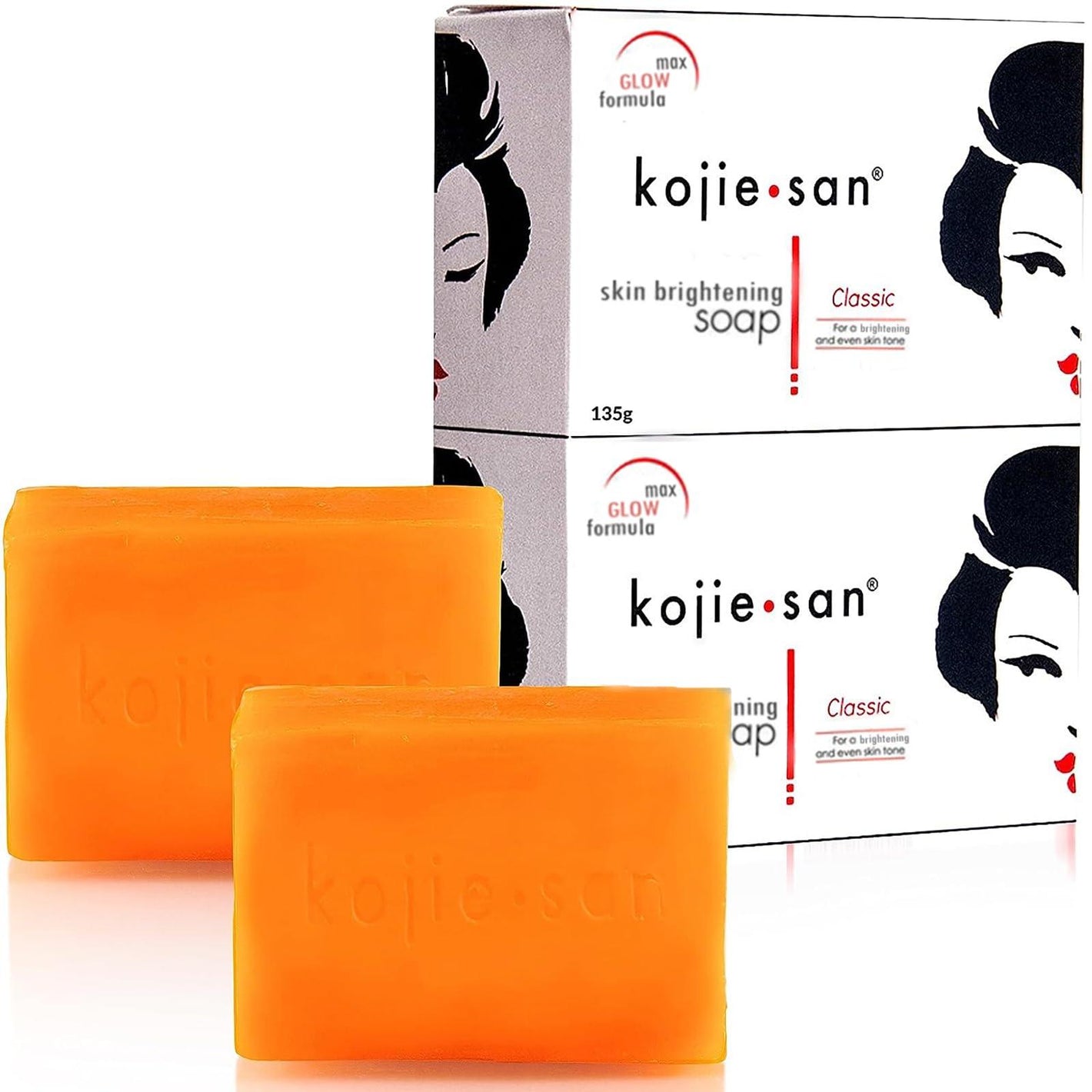
Related products
Kojic acid, a naturally occurring compound most commonly derived from various species of fungi or the fermentation of rice in traditional sake production, has quickly earned a spot in the spotlight of modern skincare. Lauded for its remarkable ability to brighten dull complexions and reduce the appearance of stubborn dark spots, melasma, sun damage, and post-inflammatory hyperpigmentation, this powerful ingredient has become a go-to solution for those seeking a more even, radiant skin tone.
Its popularity stems not just from hype, but from its proven ability to inhibit melanin production by blocking the enzyme tyrosinase—making it a key player in the battle against uneven pigmentation. As part of a consistent routine, kojic acid can offer visible results over time, giving the skin a luminous, refreshed appearance. It’s now featured in everything from serums and cleansers to face masks and spot treatments.
However, while the benefits are impressive, it’s not without potential downsides. For individuals with sensitive skin, prolonged or excessive use may lead to irritation, redness, or increased sensitivity to the sun. That’s why choosing the right product—and pairing it with complementary skin care that supports barrier repair and hydration—is essential to safely harness kojic acid’s full potential.
So, is kojic acid really the golden ticket to flawless skin, or should it be approached with a more balanced perspective? Let’s delve into the science, the benefits, and the possible drawbacks of this powerful yet polarising ingredient.
Forms and Uses of Kojic Acid:
Kojic acid comes in various forms, each catering to different preferences and needs.
- Topical Creams and Serums: These are the most common forms, offering direct application to targeted areas. Concentrations typically range from 1% to 4%.
- Soaps and Cleansers: Kojic acid-infused soaps and cleansers offer a gentler approach, incorporating the ingredient into your daily cleansing routine. Concentrations tend to be lower, around 1% or less.
- Skin Lightening Products: Kojic acid is often found in combination with other skin-lightening agents like vitamin C or niacinamide in creams, serums, and gels for enhanced brightening effects.
Potential Benefits of Kojic Acid:
Kojic acid's main claim to fame lies in its ability to tackle hyperpigmentation, the uneven darkening of skin caused by various factors like sun exposure, acne scars, and melasma. Here's how it works:
- Melanin Inhibition: Kojic acid inhibits the production of tyrosinase, an enzyme crucial for melanin synthesis. This translates to reduced melanin production, leading to a gradual fading of dark patches and a more even skin tone.
- Antioxidant Properties: Kojic acid exhibits antioxidant properties, scavenging free radicals that contribute to skin aging and sun damage. This can aid in protecting the skin from further hyperpigmentation and promote a youthful appearance.
- Antimicrobial Activity: Studies suggest kojic acid possesses antimicrobial properties against certain bacteria, potentially benefiting those with acne-prone skin. However, it's essential to note that it's not a primary acne treatment.
Dr. Jennifer MacGregor, a board-certified dermatologist, states: "Kojic acid can be effective in lightening dark spots, especially when used in conjunction with other brightening ingredients like vitamin C and niacinamide. However, it's important to manage expectations, as results may take several weeks or months to become noticeable."
Statistics highlight the growing popularity of kojic acid:
- A 2025 market research report estimates the global kojic acid market to reach USD 1.2 billion by 2027, showcasing its significant demand.
- Studies like one published in the Journal of the American Academy of Dermatology have shown promising results in kojic acid's ability to improve skin tone and texture, adding to its appeal.
Side Effects and Risks of Kojic Acid:
While kojic acid offers potential benefits, it's not without potential drawbacks. Here are some side effects to be aware of:
- Skin Irritation: Kojic acid can be irritating, especially for those with sensitive skin. Symptoms like redness, dryness, and stinging might occur. Patch testing before full-face application is crucial.
- Sun Sensitivity: Kojic acid can make your skin more sensitive to sunlight. Increased sun exposure can worsen hyperpigmentation and increase the risk of sunburn. Diligent sunscreen use with SPF 30 or higher is essential when using kojic acid-based products.
- Contact Dermatitis: In rare cases, kojic acid can trigger contact dermatitis, an allergic skin reaction. Symptoms like itchy, blistering rashes may appear. If you suspect contact dermatitis, stop using the product and consult your doctor.
- Uneven Skin Tone: Improper or prolonged use of kojic acid can lead to uneven skin lightening, resulting in a patchy appearance. Consistent application and following recommended usage guidelines are crucial to avoid this.
Dr. Michael S. Kass, a board-certified dermatologist, cautions: "Kojic acid is not suitable for everyone, and pregnant or breastfeeding women should avoid it. Additionally, its long-term safety needs further research, and consulting a dermatologist before use is advisable, especially for individuals with sensitive skin or underlying skin conditions."
Takeaway:
Kojic acid offers a glimmer of hope for those seeking a brighter, more even complexion. However, it's crucial to approach it with knowledge and caution. Patch testing, following recommended usage guidelines, and consulting your dermatologist are key to maximising the benefits while minimising the risks. Remember, consistency, sun protection, and listening to your skin are the keys to a radiant, healthy glow.
In conclusion, kojic acid is a potent ingredient with both promising benefits and potential side effects. By carefully weighing the pros and cons, adopting responsible usage practices, and seeking professional guidance when needed, you can navigate the hype and hope surrounding this skin-lightening agent. Here are some key takeaways to remember:
- Kojic acid effectively targets hyperpigmentation, but results take time and patience.
- While generally well-tolerated, skin irritation and sun sensitivity are potential downsides.
- Patch testing and responsible usage are crucial to minimize side effects and maximise benefits.
- Consulting a dermatologist is advisable before diving into kojic acid, especially for sensitive skin or underlying conditions.
- Sunscreen becomes your non-negotiable companion when using kojic acid products.
Ultimately, your journey towards a brighter, more even complexion requires informed choices and responsible practices. Kojic acid, when used cautiously and thoughtfully, can be a valuable tool in your skincare arsenal. However, remember, consistency, sun protection, and listening to your skin's whispers are the true keys to unlocking a radiant, healthy glow.



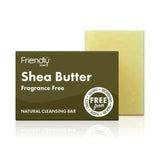

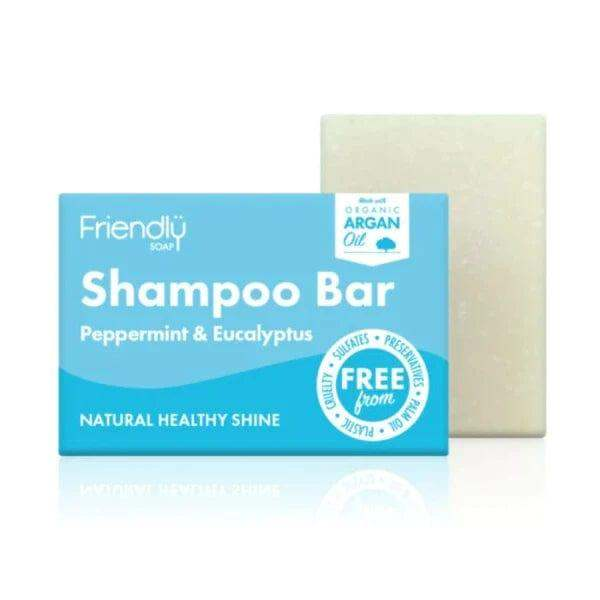


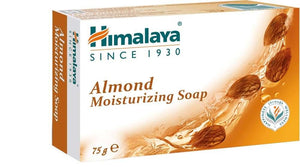
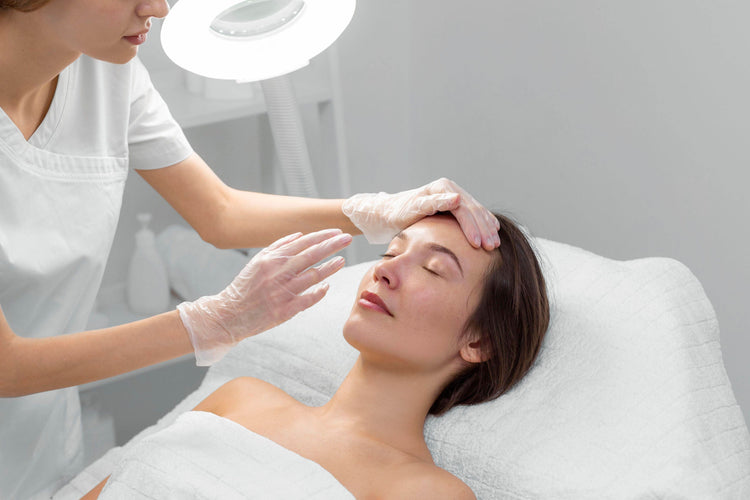



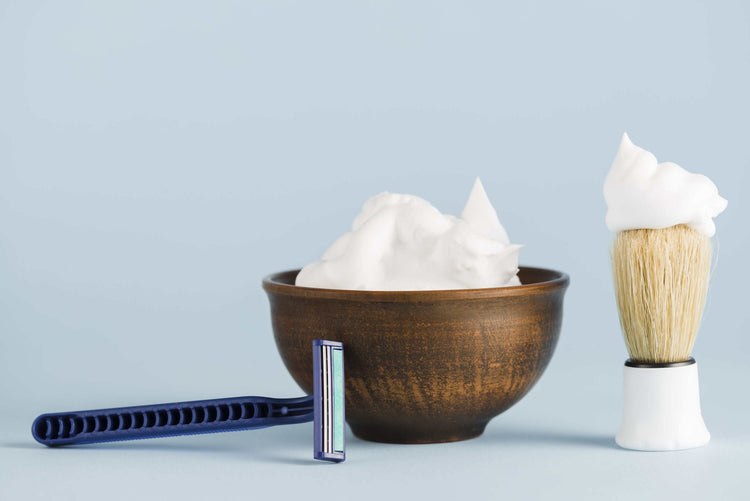


 Rated Excellent by 14,617+ Reviews
Rated Excellent by 14,617+ Reviews